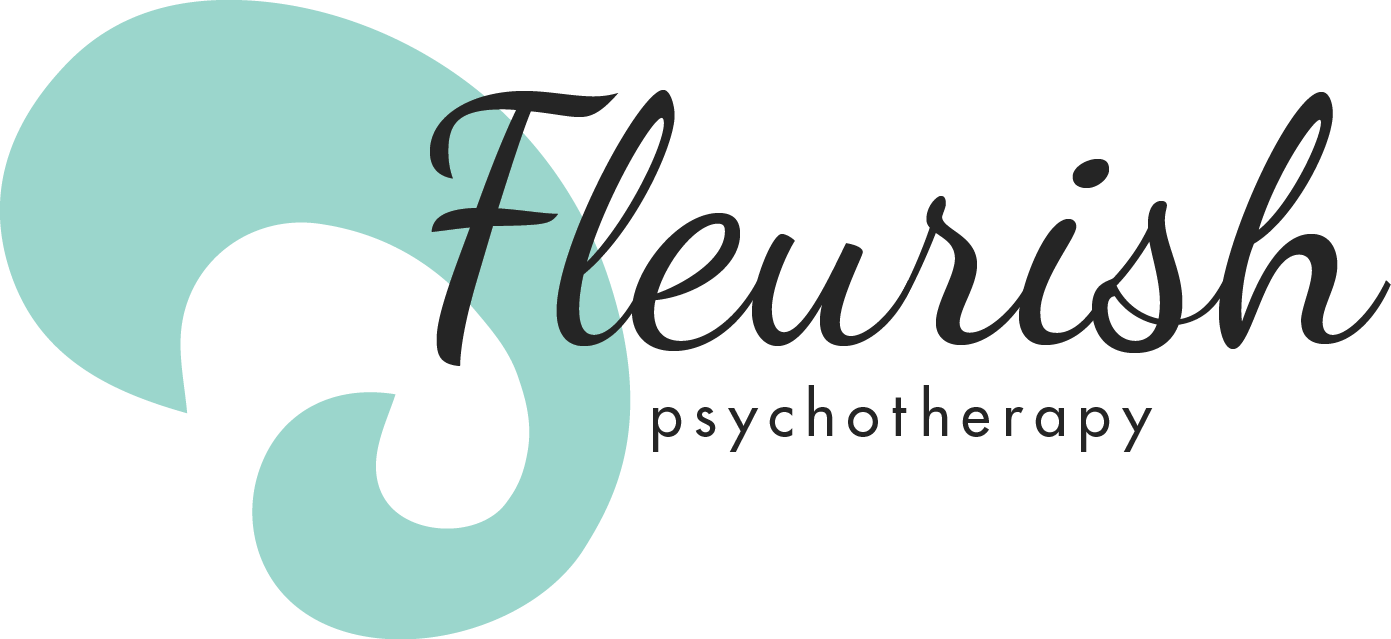“Am I Gay?”: A Guide to Navigating Identity Questions
Many of us spend years assuming we’re heterosexual and cisgender by default. Of course we do - the overwhelming majority of us were taught that cishet identity is the only way to be. That first (or 50th) “Am I gay?” and similar identity questions can open the floodgates to strong emotions. Fear, grief, and confusion are often accompanied by joy, hope, and curiosity.
As we ask important questions about ourselves, the daily pressures of our lives continue to demand our attention. In fact, we may face new challenges in the forms of homophobia and transphobia. Are we supposed to pretend everything is the same on the outside while dealing with lifechanging questions on the inside? It’s no wonder that coming into LGBTQ+ identity can be disorienting.
Here are some realistic ways to live life more authentically as we engage with questions about our identities.
Getting Reacquainted with Ourselves
When we are lied to about what’s possible, we can become alienated from the truths our own bodies are telling us. However, wherever we are in life, there are steps we can take to strengthen our relationships with ourselves.
Feeling Our Feelings
Feelings are morally neutral. Anger, for example, is a common feeling. Our anger can be powerful – it tells us that we want to act. Learning to embrace our emotions – including feelings of attraction, dysphoria, and euphoria – will help us to accept ourselves and move toward our desires. An LGBTQ+-informed therapist may be especially helpful with the process of identifying and holding space for our emotions.
Quality Alone Time
Try to invest some time every day in yourself to attend to your feelings. For some, an hour a day could be a great starting place. For others, a minute a day is plenty to get started.
Some pro tips:
· Consider getting into nature and reducing distractions like the internet. Going for a stroll can be an excellent way to process emotions.
· Journaling can be helpful to tackle thoughts and feelings directly. Consider using a voice log as an alternative to writing.
· Art, from poems to songwriting to painting, can help us to express emotions, represent our identities, and explore our attraction. Super pro tip: Technologies like character creators, chord progression generators, and randomized writing prompts can offer structure to build upon rather than starting from scratch.
Sharing Feelings
If you’re not used to talking about your feelings – particularly feelings about sexuality and gender – you could start by identifying at least two individuals whom you trust. Reach out to an LGBTQ+-affirming therapist, a friend, a community leader, or any other known ally. In trusted relationships, we can safely experience our feelings in the presence of someone who cares.
Making Labels Work for You
Like any relationship, our relationship with a label may end, change, or stay with us forever. Regardless, labels can play major roles in our lives.
I suggest holding labels with an open hand rather than a closed fist. When we hold rigidly to our labels, we might impose unfair expectations on ourselves to act like The Perfect [Blank] Person rather than express ourselves organically.
Instead, try using labels as common language to find kindred spirits.
Social Groups
Labels can function as literal search terms to connect you with LGBTQ+ subcommunities online or in person. Some examples are Discords, subreddits, gaming campaigns, local shops, and in-person activity groups. Once the conversation is started, we can see that our shared label has a unique meaning to each person. Those differences enrich our community, broaden our perspectives, and can offer us grace to embrace how we truly feel.
Dating
If you want to date, go for it! We can use labels to describe how we understand ourselves at the time and match with similar folks. We can also leave/return to labels. For example, one of those labels could be “questioning.”
Sometimes, potential dates aren’t willing to be with someone who is between labels or exploring. That’s okay! There are plenty of people out there who are open, including people who are exploring as well. As long as we continue to extend care and honesty to others – and accept only the same toward us – we’re on the right track.
Restructuring Relationships
Ideally, our relationships change as we change. When we no longer have compatible desires, or when our loved one is not accepting of LGBTQ+ identity, distance can be an important part asserting ourselves with healthy boundaries. Relationship change can also include coparenting, cohabitation, platonic friendship, friendship with “benefits,” queerplatonic relationships, new or renewed romance, consensual non-monogamy – any relationships you can imagine. What’s important is they’re the relationships you and your loved ones want to build together.
Talking with our loved ones about our emerging identities, uncertainty, and desires can be scary. Consider seeking LGBTQ+-affirming relationship therapy; a relationship therapist can equip us with tools of healthy communication and mediate difficult, important conversations as we adjust our relationships.
Owning Who You Are
Even the most confident LGBTQ+ people I know have felt anxious and uncertain. They’ve moved through different styles, introduced me to vastly different partners and friends, and questioned themselves. Curiosity and willingness to change are tremendous gifts we can give to ourselves and to others. By seeking to understand yourself better, you are already showing courage, leadership, and self-love.
To survive and thrive, we all need support from others. A therapist who is informed about LGBTQ+ identities can help you to navigate big questions alongside the challenges of daily life. Consider reaching out to Fleurish to work with me or another fabulous therapist.

